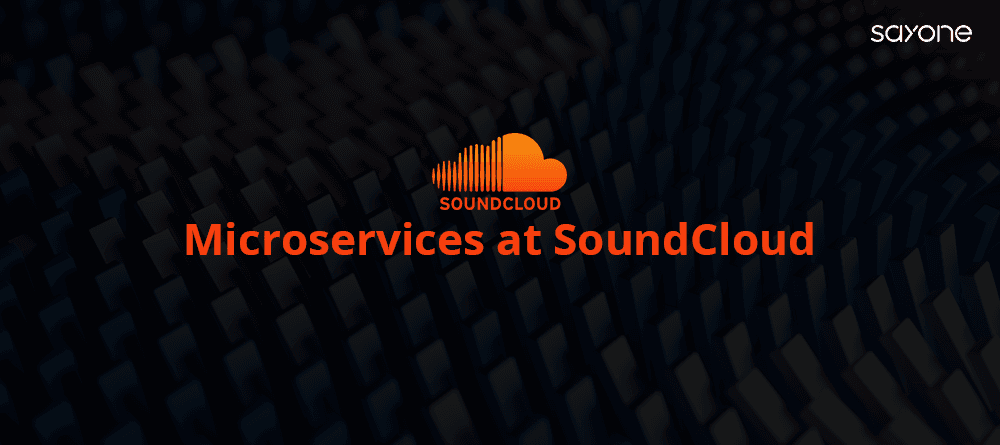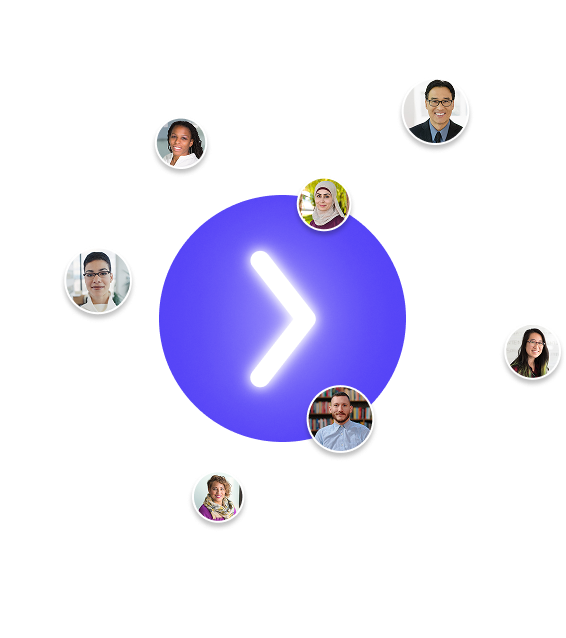
Subscribe to our Blog
We're committed to your privacy. SayOne uses the information you provide to us to contact you about our relevant content, products, and services. check out our privacy policy.

Sayone technologiesSeptember 7, 20215 min read

Generating table of contents...
SoundCloud is a company that allows millions of people to enjoy online music for free. This said, programmers at SoundCloud do not have an easy job.
SoundCloud is an online music streaming service that allows users to upload, share and promote their music to the world. It has become an essential tool for musicians, producers, DJs and other industry professionals to connect with fans, build their brand and grow their fan base. SoundCloud also provides access to millions of songs from labels, independent artists and podcasters. With its intuitive interface and easy-to-use features, SoundCloud is a great platform for discovering new music and connecting with other music fans. As music streaming services like SoundCloud continue to grow in popularity, considerations around audio streaming privacy become increasingly crucial for users around the globe.
Just as most companies do, SoundCloud started with a monolithic architectural system, just like most businesses do. Like other successful businesses, SoundCloud’s business also grew. Their service has also become more popular.
For scalable and well-performing microservices, get in touch with SayOne today!
In 2014, SoundCould hosted only about 12 hours of music. However, demand soon surged to huge levels, with hundreds of millions of people using the platform on a daily basis. This led to problems such as communication overhead, unnecessary friction, and delays.
Want to know more about what moving to microservices entails?
SoundCloud moved from a monolithic to a microservice architecture for several reasons. First, the increased scalability of microservices allowed SoundCloud to better meet the needs of their rapidly growing customer base. Additionally, the modular nature of microservices made it easier for SoundCloud to add new features and services, as well as to quickly respond to customer feedback. Finally, microservices allowed SoundCloud to have more control over each individual service, allowing them to focus on improving specific services instead of the entire system.
The engineering division decided to dismantle the Ruby on Rails monolithic system (which they called Mothership) into a set of numerous smaller services that would help them to manage the service in an easier fashion.
Download Ebook for FREE "How to choose the best microservices vendor and trim the cost"
To split the monolithic system into microservices, they did not use a team to set up a working microservices solution. Instead, going by the book called Bounded Context, they decoupled the services from the Mothership with help from highly skilled programmer teams.
Initially, there were only a few microservices, but today there are many microservices that make up the SoundCloud service. And these are split across different continents.
1. Increased Scalability: Microservices allow for the scalability of SoundCloud's systems and services, as they can be individually scaled and updated independently from each other. This can help to ensure that the platform can handle increased traffic, new features, and other updates without impacting the performance of the entire system.
2. Improved Reliability: By separating the different components of SoundCloud's platform into independent services, any issues that arise with one service will not directly affect the others. This means that any individual failure should not impact the performance of the rest of the system, leading to reduced downtime and improved reliability.
Read our blog "Why Business leaders should care about Microservices"
3. Faster Development Cycles: Microservices allow for faster development cycles, as the development team can work on different parts of the platform in parallel. This can help to reduce the time needed to create new features and get them to market faster, as well as increase the rate of experimentation and innovation.
4. Reduced Costs: By dividing the platform into individual services, SoundCloud can reduce the cost of hardware, as well as the cost of development and deployment. This can lead to savings in both time and money, as well as allowing for greater investments in other areas of the business.
Unloading the main server from huge streams of data helped to split up the load distribution into smarter paths, and this was a decisive factor in choosing to go the microservices way at SoundCloud.
We build microservices for you with care and responsibility! Get in touch with us today!

We're committed to your privacy. SayOne uses the information you provide to us to contact you about our relevant content, products, and services. check out our privacy policy.

About Author
Fuelling Happiness.

We collaborate with visionary leaders on projects that focus on quality